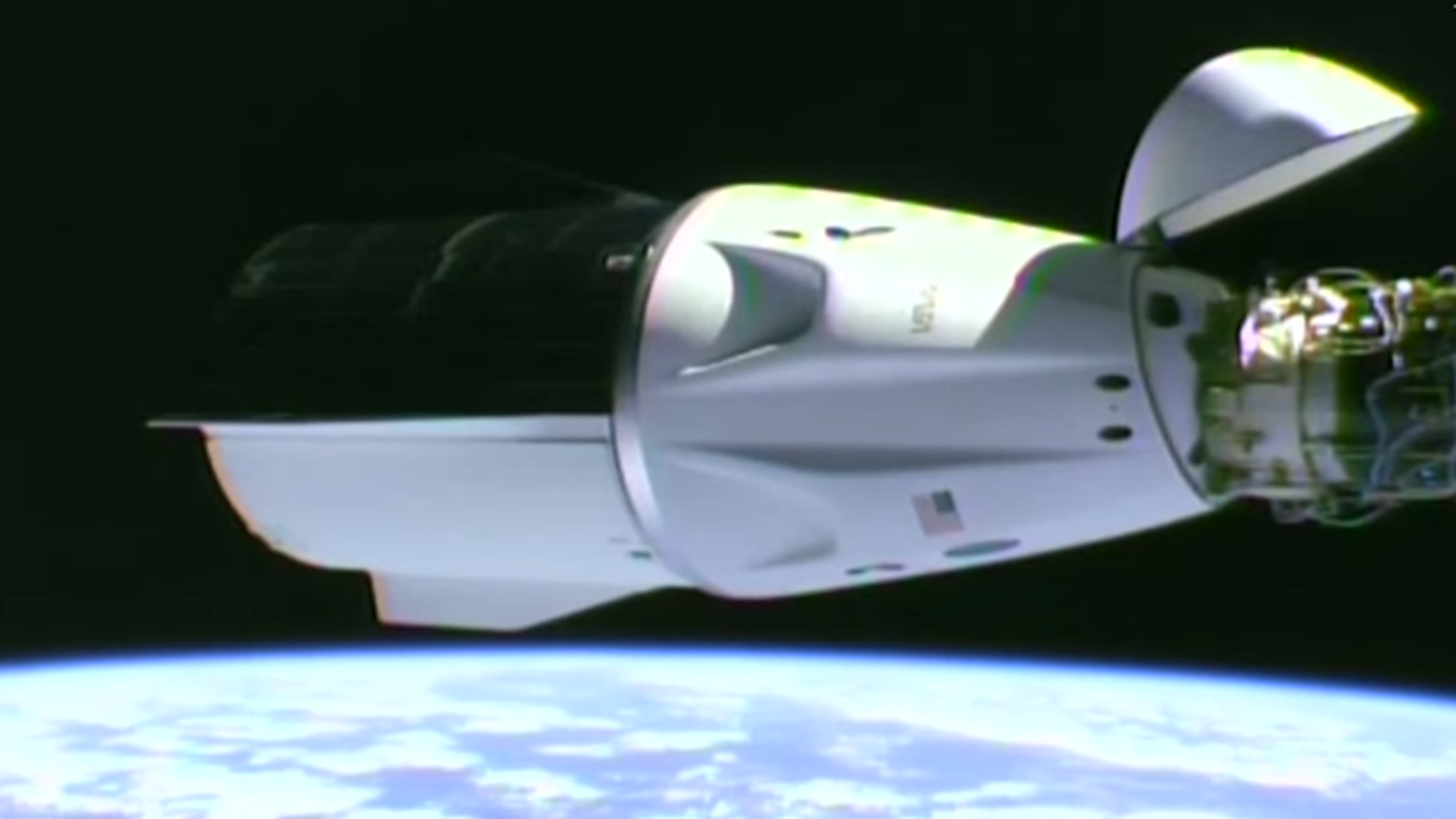
SpaceX Docks at ISS to Collect Stranded Astronauts
Introduction
In a historic mission that underscores its growing capabilities in space exploration, SpaceX successfully docked at the International Space Station (ISS) to retrieve a group of stranded astronauts. This mission not only marks another milestone for the private aerospace manufacturer but also showcases the seamless collaboration between SpaceX and NASA in ensuring the safety and success of space expeditions.
Background on the Mission
The mission was initiated following a series of technical malfunctions experienced by a previous spacecraft that left a team of astronauts stranded aboard the ISS. The primary objective was to safely return these astronauts to Earth, leveraging SpaceX's Dragon spacecraft. This marks a significant moment in SpaceX's ongoing partnership with NASA, emphasizing the reliability and efficiency of commercial space travel solutions.
Details of the Launch
The mission commenced with the launch of the Falcon 9 rocket from the Kennedy Space Center in Florida. The launch was conducted under optimal weather conditions, lifting off precisely at the scheduled time. Key milestones included the successful stage separation, deployment of the Dragon spacecraft, and the precise landing of the Falcon 9's first stage on SpaceX's drone ship, "Of Course I Still Love You." This launch demonstrated not only technical prowess but also the reusability of SpaceX's rockets, which are pivotal in reducing the cost of space travel.
Journey to the ISS
The Dragon spacecraft embarked on a meticulously planned trajectory to the ISS, traveling at speeds exceeding 17,000 miles per hour. The spacecraft's onboard navigation systems and ground control teams worked in tandem to ensure an accurate approach. Despite the inherent challenges of space travel, including microgravity conditions and the need for precise calculations, the Dragon's course remained steady, leading to a smooth and uneventful voyage to the ISS.
Docking at the ISS
Docking with the ISS is a complex process requiring pinpoint accuracy and advanced technology. The Dragon spacecraft utilized its state-of-the-art docking system, which includes a suite of sensors and automated controls, to align and attach itself to the ISS. This system, tested rigorously on previous missions, performed flawlessly, allowing for a safe and secure docking. The astronauts aboard the ISS played a supportive role, monitoring the process and ensuring all systems were functioning as expected.
Astronaut Retrieval
Once docked, the focus shifted to the retrieval of the stranded astronauts. The process was executed with military precision, with the astronauts donning their SpaceX-designed suits and transferring to the Dragon spacecraft. The crew expressed relief and gratitude, having been reassured by the presence of the reliable SpaceX vehicle. The successful transfer marked a significant achievement, highlighting SpaceX's capability to perform critical rescue missions in space.
Reactions and Next Steps
The mission received widespread acclaim from all corners of the space community. NASA Administrator Bill Nelson praised SpaceX for their "unwavering commitment to astronaut safety and mission success." SpaceX CEO Elon Musk noted that the mission "exemplifies the potential of private space travel to support and enhance human space exploration." The rescued astronauts shared their experiences, expressing immense gratitude and relief at being safely on their way home.
Looking ahead, this mission sets the stage for future collaborations between SpaceX and NASA, including more complex missions aimed at deep space exploration. It also underscores the importance of robust contingency planning in space missions, ensuring that astronauts have reliable options for rescue in emergencies.
Conclusion
The successful docking of SpaceX's Dragon spacecraft at the ISS to retrieve stranded astronauts marks a pivotal moment in space travel history. This mission not only demonstrated the technical capabilities of SpaceX but also reinforced the critical partnerships that make such missions possible. As we look towards the future, this mission stands as a testament to what can be achieved through innovation, collaboration, and a relentless pursuit of excellence in space exploration.


0 Comments